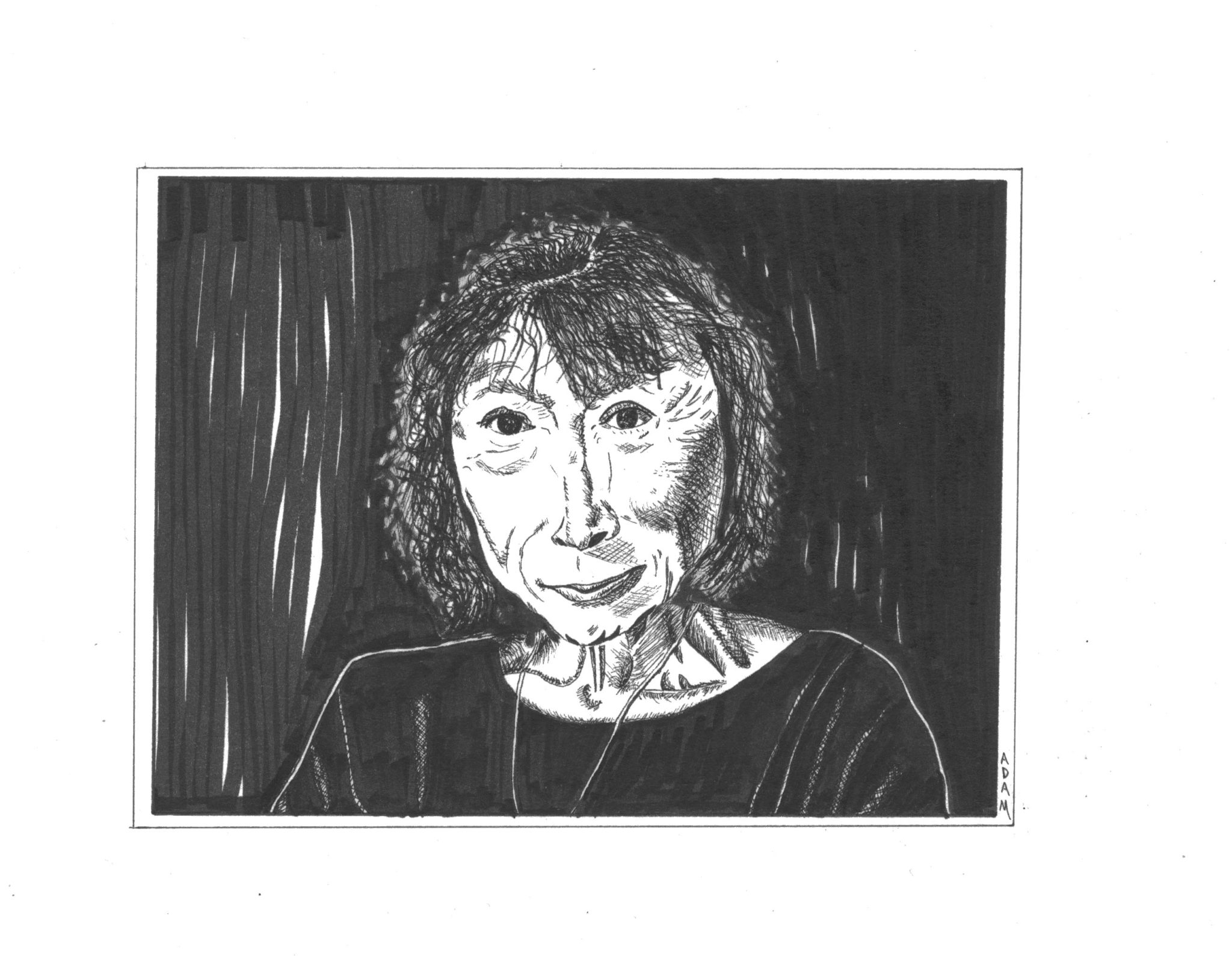
In “Good Citizens,” an essay in her seminal collection “The White Album” (1979), Joan Didion describes a scene that could prove instructive. It’s the end of the 1960s, and Nancy Reagan is the first lady of California. Didion is at Reagan’s house, as is a camera crew. Fade in.
“We seemed to be on the verge of exploring certain media frontiers: The television newsman and the two cameramen could watch Nancy Reagan being watched by me, or I could watch Nancy Reagan being watched by the three of them, or one of the cameramen could step back and do a cinéma vérité study of the rest of us watching and being watched by one another. I had the distinct sense that we were on the track of something revelatory, the truth about Nancy Reagan at 24 frames a second.”
As it turned out, they were not. The camera crew lacked Didion’s sense for the moment, and instead filmed Reagan picking flowers in her garden. Didion would write a profile of Reagan for “The Saturday Evening Post” that was probably in some quarters considered revelatory — Reagan’s smile was, Didion tells us with her classic bite, a “study in frozen insecurity” — but the presence of a camera crew didn’t much aid her perception.
Nor does it aid ours, in the case of a new documentary on her life and work. “The Center Will Not Hold,” released by Netflix on Oct. 27, summarizes much but reveals little not already known about the life of America’s finest living prose stylist. For fans of Didion’s work — who will certainly comprise the majority of the film’s viewers — this might disappoint but shouldn’t surprise. Didion has made a career out of public self-revelation, but always from the relative safety of her own words. As she told NBC anchor Tom Brokaw in 1977, “I’m totally in control of this tiny, tiny world right there at the typewriter.” As Annabelle Dunne, Didion’s grandniece and producer of the documentary, told Vanity Fair editor Sloane Crosley last month, “One word? Control, control, control.”
Which is to not to say that Didion had no control over the film. The degree to which its production was kept literally “in the family” ensured that she, in fact, had an unusual say over it. Not only did Annabelle Dunne produce the film, Didion’s nephew, Griffin Dunne, directed it. It’s a setup that allows for such thrilling moments as the one that comes after Griffin asks Didion where she was when she heard about the Manson killings (“I was in your mother’s swimming pool”), but also one that probably explains the lack of true revelation in the film. As Griffin told “The New York Times,” “It was always going to be a love letter. She’s my Aunt Joan.”
Yes, there are some fun facts: In her youth, Didion drank a Coke before starting each day’s writing. Harrison Ford was her carpenter before he made it big. When she’s having trouble with a piece, she puts the manuscript in the freezer (although, as my viewing companion noted, it’s not clear how this works with a laptop).
But for anyone who’s read beyond a critical mass of Didion’s published work (somewhere between one and two essay collections) — and especially for anyone who’s read an obsessive mass (I am somewhere between almost every piece of nonfiction she’s ever published and every piece of nonfiction she’s ever published) — there’s nothing new here.
There are the requisite quotations from “Slouching Towards Bethlehem” (1967) and from “The White Album” (1968-78) and from “The Year of Magical Thinking” (2005) and even, in the film’s most overt nod to the current political climate, from “Sentimental Journeys” (1991), Didion’s essay on the Central Park jogger case.(1) There are the photographs with the sunglasses and the cigarettes and with her (now-deceased) husband and daughter. There are the shots of her typing at her desk and sitting at her kitchen table, flipping through the pages of the Times.
That is, there is everything one might expect and not much one wouldn’t. But the absence of revelation, so unlike Didion’s own writings, shouldn’t deter or disappoint casual viewers. Some tenderness remains in seeing Didion, who is now 82, sitting on a couch at home, gesturing with her hands like she’s casting a spell while she talks about her life. With her sunglasses off, her eyes look smaller than they do in pictures. Her hands are gnarled and her frame is as frail as ever, but she speaks clearly and, at a few points, giggles. Maybe it’s voyeuristic to derive pleasure from these images, but, hey — that’s Didion.
(1): The case, in which five juvenile males of color were convicted of the rape of a white woman on the basis of coerced, falsified testimony, helped propel Donald Trump to early political fame. He took out full-page ads in four major New York City newspapers, including The New York Times, citing the case as evidence that New York needed to “BRING BACK THE DEATH PENALTY!”
Robbie Short | robbie.short@yale.edu







